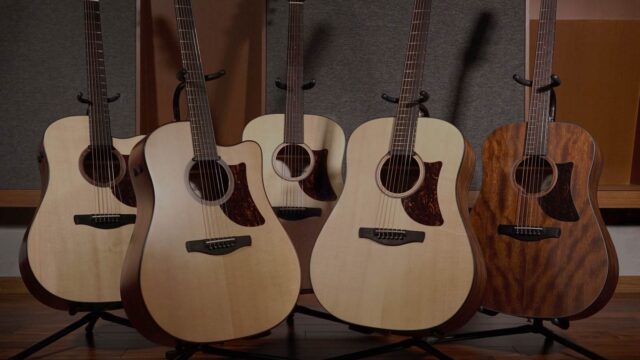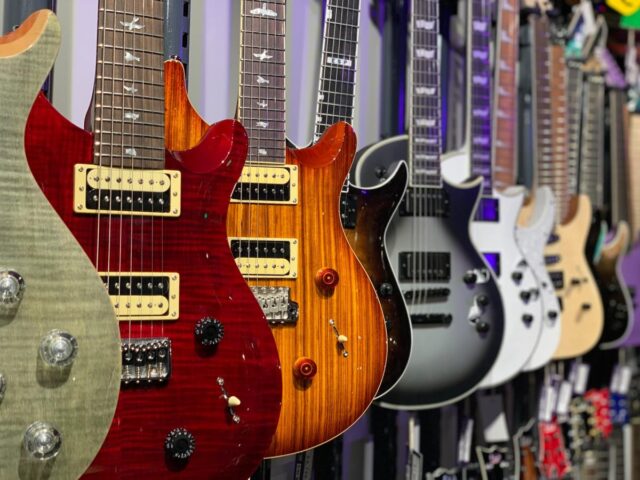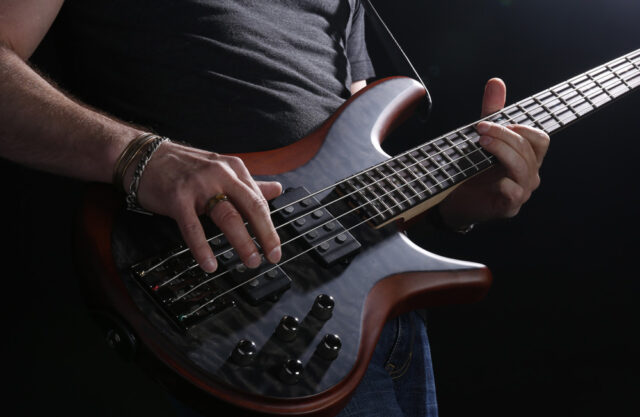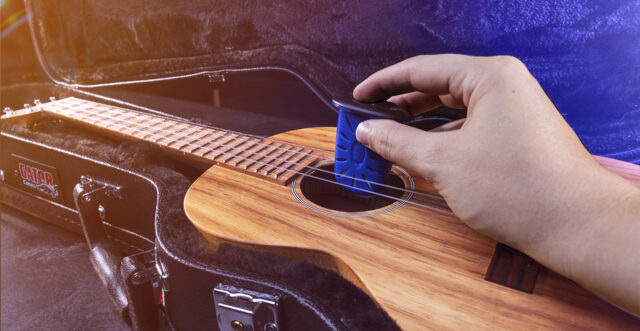
The guitar is one of the most popular musical instruments in the world. Its versatility and the wide range of types available, from acoustic to electric, make it suitable for various musical genres. In this article, we’ll explore the different types of guitars and delve into the distinguishing features that set them apart from each other.
Some outstanding guitarists, such as Brian May of Queen and Eric Clapton, have achieved fame for their distinctive playing styles with specific types of guitars. May, renowned for his “Red Special” guitar, which he personally designed and constructed, has garnered global recognition for his unique approach to playing. On the other hand, Eric Clapton, a legendary figure in the world of music, is forever associated with the Fender Stratocaster, and his influence on the evolution of modern music cannot be overstated. Their innovative use of the instrument has left an indelible mark on the world of music and continues to inspire aspiring guitarists.
Explore the beauty of the D Minor chord by clicking on this link: D Minor.
Acoustic Guitars

Acoustic guitars, the most traditional and widespread variety, produce sound through the resonance of their hollow bodies. Within this category, a diverse range of acoustic guitars exists, each designed to serve distinct musical purposes. Classical guitars, notable for their nylon strings, provide a warm and gentle tonal character often preferred in classical and flamenco music. Folk guitars, equipped with steel strings, offer a brighter and more robust sound, making them a go-to choice for genres like folk, country, and rock. Resophonic guitars, equipped with a specialized resonator system, create a unique and resonant sound, making them an intriguing choice for blues and slide guitar styles. The acoustic guitar family showcases this array of instruments, each tailored to meet the demands of various musical genres, ensuring the enduring relevance and adaptability of these iconic instruments.
Electric Guitars

Definitely more modern than its acoustic counterpart, the electric guitar uses pickups to capture string vibrations and convert them into an electrical signal. There are many types of electric guitars, which vary in design, shape, type of pickups, number of strings and other features. The electric guitar is a major tool in rock, blues, jazz, metal and many other musical genres.
Solid-Body
This is the most popular type of electric guitar. It is characterized by a full, solid body, usually made of wood. Typical examples are the Fender Stratocaster, Gibson Les Paul, or Ibanez RG.
Hollow-Body
These guitars have a body similar to an acoustic guitar, but with pickups. They are known for their warm, resonant sound, which is ideal for jazz and blues. Examples include the Gibson ES-335 or the Gretsch White Falcon.
Semi-Hollow
A hybrid of the above two types, these guitars have a partially hollow body, giving them a warmer tone than solid-body guitars, but with less risk of feedback that can occur when playing hollow-body guitars loudly. An example is the Gibson ES-339.
Bass Guitars
A bass guitar bears resemblance to an electric guitar but possesses a greater physical bulk, thicker strings, and typically a reduced string count, often featuring four strings as opposed to the standard six. This instrument finds its primary utility in delivering the foundational, low-frequency bass lines that underpin various musical compositions. Essentially, the bass guitar serves as the musical anchor, ensuring the rhythmic and harmonic stability of a piece. It offers the deep resonance that complements the higher-pitched sounds produced by other instruments in an ensemble. In essence, the bass guitar provides the musical foundation upon which melodies and harmonies are built.
Classical Guitars
The classical guitar, a venerable member of the acoustic guitar family, distinguishes itself with its utilization of nylon strings, a characteristic that contributes to its signature warm and mellifluous tonal quality. This type of guitar holds a prominent position in the realms of flamenco and classical music, where its distinct timbre and delicate resonance are harnessed to convey intricate melodies and harmonies. Its nylon strings produce a tone that is markedly different from the bright, metallic sound of steel-stringed guitars, allowing it to excel in delivering the nuanced, emotive expressions typical of classical compositions. Beyond its classical and flamenco roots, the classical guitar has found its way into various other musical genres, adapting to new styles and interpretations, thanks to its versatility and captivating sound. With its timeless charm and ability to evoke a sense of refinement and depth, the classical guitar remains an enduring and cherished instrument, resonating through the tapestry of musical genres and captivating audiences worldwide.
Ukulele Guitars
The ukulele guitar, also known as the uke, is a small instrument with Hawaiian origins that has become very popular around the world. It has four strings and is available in a variety of sizes, including soprano, concert, tenor and baritone. The ukulele is known for its distinctive, melodic sound and is often used in folk music, pop music and Hawaiian traditional music. Although it is not a typical “guitar” in the strict sense of the word, many people include it in the guitar family because of its similarity to acoustic guitars.
Flamenco Guitars
A flamenco guitar is a special type of classical guitar whose design and playing method are optimized for flamenco music. Like the classical guitar, it is made of wood and has nylon strings. However, flamenco guitars often have a thinner body and are slightly bent back to provide a louder and clearer sound, ideal for rhythmic flamenco music. Some flamenco guitars come with a tap plate (plastic cover) to protect the surface of the guitar when pounding out rhythm on the body – a technique often used in flamenco music.
Summary
Choosing a type of guitar depends on the style of music you want to learn, as well as your personal preferences. Each type of guitar has its own unique characteristics that lend themselves to different genres and styles of playing. Whether you are a beginner guitarist or an experienced musician, understanding the differences between guitar types will help you choose the instrument that best suits your needs.








